Eager to photograph spring? You are in the right place. Today I bring you a bunch of tips and tricks for you to get stunning images. Before, as I sense that landscape photography interests you, I want to recommend that you do not miss this article to photograph incredible spring landscapes (and any other season).
This station, with its light and the explosion of life and colour, is quite a visual poem. The days are longer, the light brighter than in winter but softer than in summer, animals come out of their winter hiding places, flowers flood the fields and cities, trees bloom, and people seem happier. After a cold winter and characterized by the laziness that makes us get out from under the blanket of the sofa, it is the ideal time to dust off the camera and go out to discover and portray that whole world of color.
My purpose today is not only to give you some tips so that you can obtain impressive images as I have promised, but also that when you finish reading the article, you also have a terrible desire to turn off the computer or the device in which you are reading it to run away to capture the magic of spring with your camera.
(Psss, psss… the fact that you are in the opposite hemisphere is no excuse for not going out to photograph, because autumn is also very photogenic).
to the mess
1. EQUIPMENT FOR PHOTOGRAPHING SPRING
Let's see what you need to achieve spectacular spring photos.
THE IDEAL LENS FOR PHOTOGRAPHING SPRING
To get the best images you don't need the best camera in the world. It is more important to choose the right lens. In this case, the ideal lenses are a macro for flowers and insects or a wide angle for landscapes. If you are just starting out and your kit is basic, with a standard lens, don't worry, you can also get wonderful photos.
Sometimes we talk about the ideal, but it doesn't mean it's a must ? . Even with a 50mm you will be able to get wonderful images of plants and flowers using very wide apertures; and a telephoto lens will help you achieve heart-stopping blurs or capture birds in flight and elusive animals. The important thing is that you take advantage of the equipment you have.
TRIPOD
A tripod will be very useful for long exposures or macro, for example. For flowers and plants you can also use a bag of sand or rice. And if we talk about wildlife or birds with a telephoto lens, better a monopod.
If you are thinking of buying one and you don't know which tripod to choose, this buying guide that we have prepared will help you.
2. LIGHTING TO PHOTOGRAPH SPRING
Using one lighting or another will depend on the message you want to convey. Do you want images that convey calm, tenderness, sweetness, softness, etc.? Use a diffused light.
Are you looking for dramatic images, with force, with very bright colors? You need hard light.
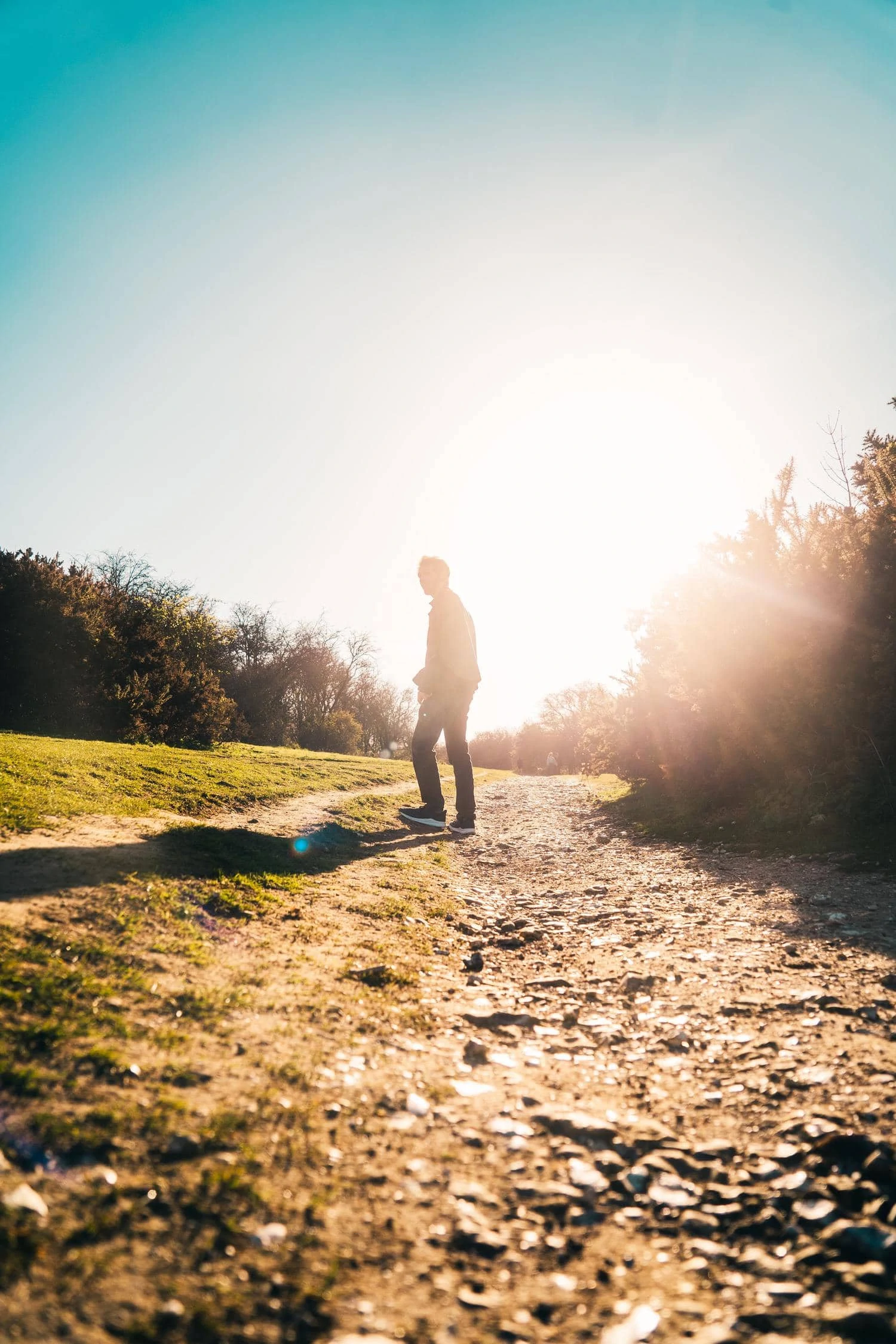
NATURAL LIGHTING
I have commented at the beginning that the light in this season is brighter than in winter and softer than in summer, it is lower and also the days are longer, which entails the ideal conditions to make the most of natural light , which already we know that it brings a special magic to images.
Do not miss the sunrises and sunsets because they can be spectacular, both due to the light and the landscape itself. Backlights, warm and golden light, texture in the landscapes, are some of his gifts. And not only that, this time is ideal for photographing insects, and at dawn is when it is easier, since they are more inactive than when the day progresses.
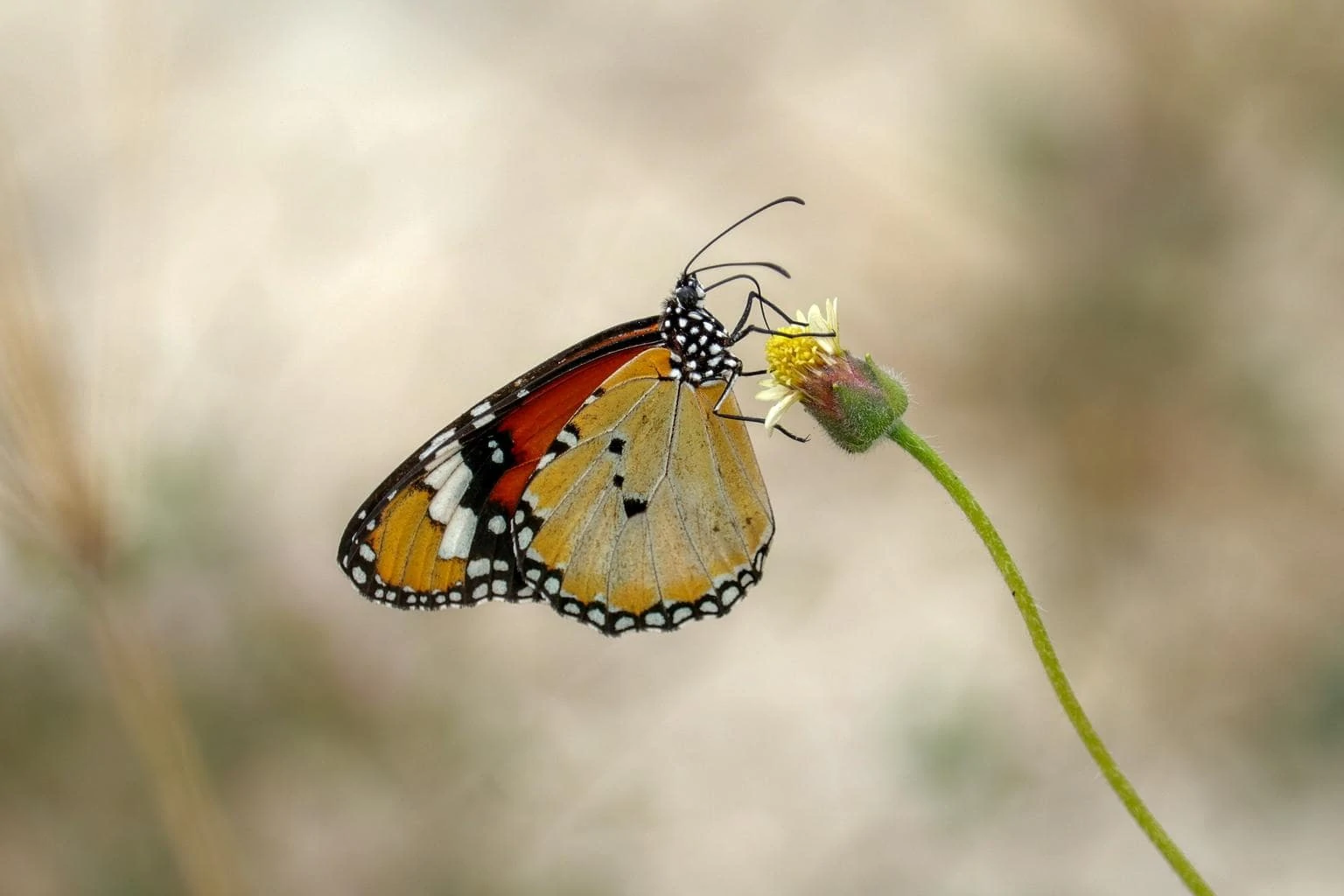
ARTIFICIAL LIGHTING
I am more in favor of natural light, but if the conditions are not ideal, because it is noon, the light is very intense and causes unwanted shadows, or it is too cloudy and the light is not enough for your macro photos, you have the flash to enhance your shots, either the built-in flash or the external flash .
I advise you to also take reflectors. If you are going to focus on macro photography, you do not need to carry the pack of large reflectors, it will work with a small white cardboard or the inside of a tetrabrick.
3. PLANNING TO PHOTOGRAPH SPRING
Spring is somewhat treacherous, it can be incredibly hot in the central hours of the day and when the light begins to go out… temperatures plummet. Maybe you should think about a sunscreen (because the sun stings, and a lot), a jacket in case you rest on your laurels photographing the sunset and it gets dark, or even a raincoat... remember that "in April, waters thousand". It wouldn't hurt to stock up on food and drink if you're going to get lost in the middle of nature... ?
All this may seem to you that it has nothing to do with photography, but it is not. Having to go home without photos due to poor planning has a lot to do with photography.
Find out what the weather is going to be like, we'll see right away that you don't have to stay at home if it rains, but you do have to get ready. Take into account sunrise and sunset times. Think about what kind of photos you want to take to prepare the equipment, etc.
4. START WITH THE LANDSCAPE
First take some general shots of the entire landscape, for this use a large depth of field, that is, a large f-number, and choose some element as the protagonist of the image.
Remember that to delve into landscape photography you have the mega guide that I told you about at the beginning. There will be no landscape that resists you.
Now, if you want some basic tips or a summary, here they go.
- Study which is the most appropriate angle to capture the best of that landscape.
- Enter lines to guide the gaze to the center of interest.
- Look for symmetries in the lakes formed by the melting ice.
- Use the branches of the trees and the vegetation as a natural frame.
- Include elements on different planes to create depth.
- Use hyperfocal .
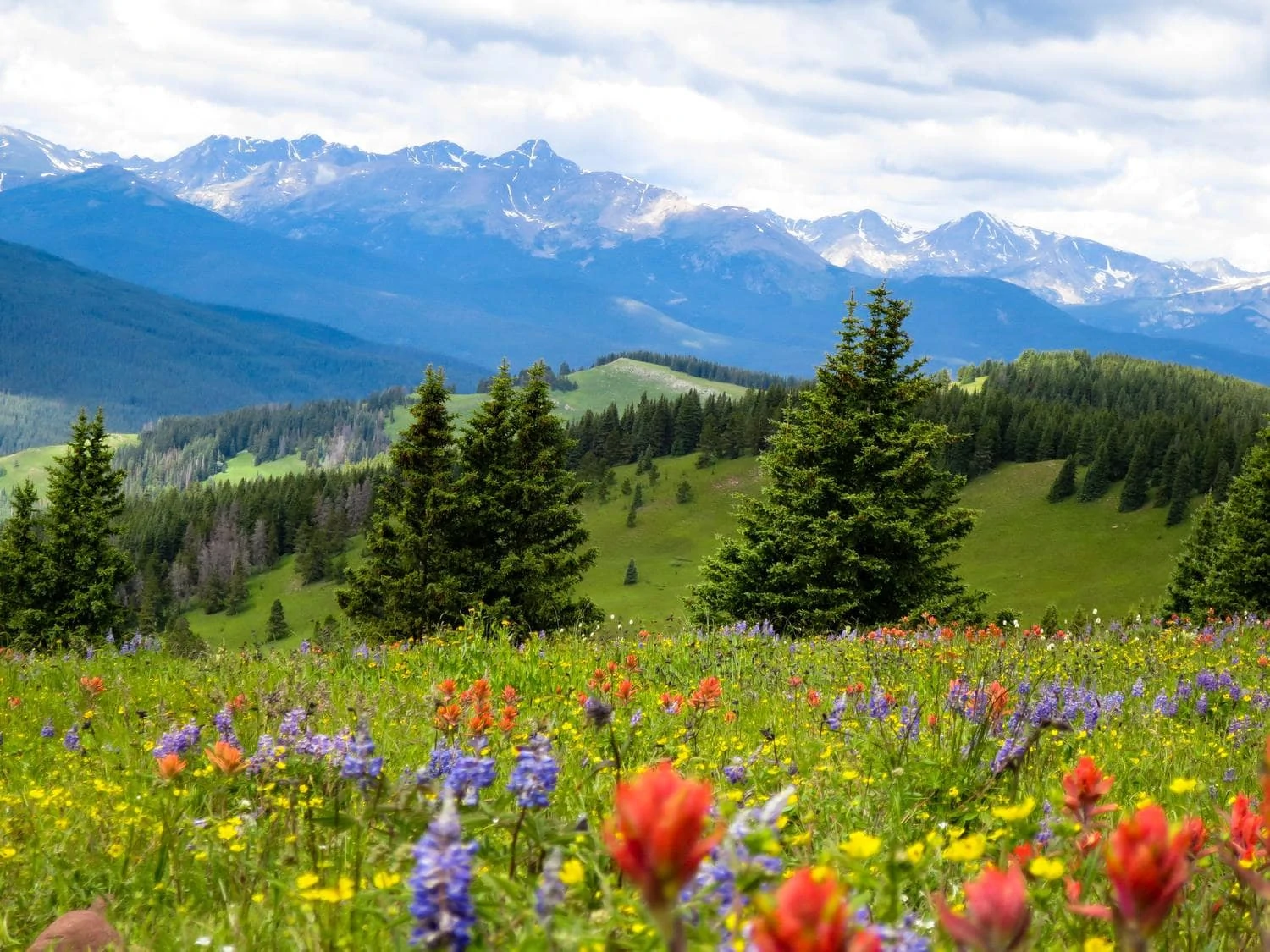
UNREAL LANDSCAPES
Landscape photographers often end up obsessed with the perfect photograph, with the best depth of field, the best sharpness, the best framing... Sometimes, they achieve true wonders, others, such perfection seems to lead us to see all the images, although perfectly made, similar.
Search in the light, in the different frames, in different weather conditions and times of day.
- The fog : The way in which it diffuses the light, softens the colors and transports us to a world of mystery , is unique in conveying unreality in an image.
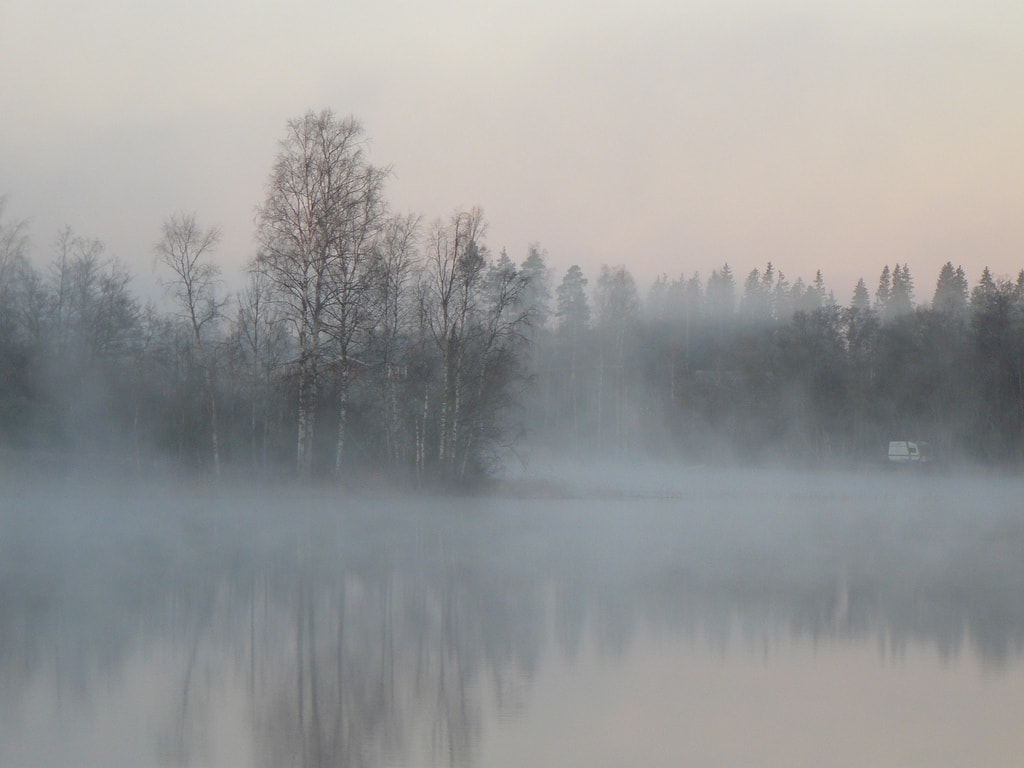
It is up to you to make us want to discover in your images small beings lost among those suggestive lights that slip through the trunks of a magical forest.
5. GET CLOSER TO PHOTOGRAPH THE SPRING
Now come closer. Look around you, surely you have a lot of different flowers, of various shapes and colors, start with the one you like best using, in this case a small depth of field (number f/ as low as possible), or whatever It's the same, a wide diaphragm opening to blur the background.
If you have a macro you can get much closer to the details, but it is not necessary. A telephoto lens can also be used to photograph flowers with a great blur, or the king of objectives.
AN ORIGINAL BOKEH
The greatness of learning new techniques is that you can apply them in the most diverse environments. Have you thought about making a raindrop bokeh? Or dewdrops in the orange or pink light of a sunset?
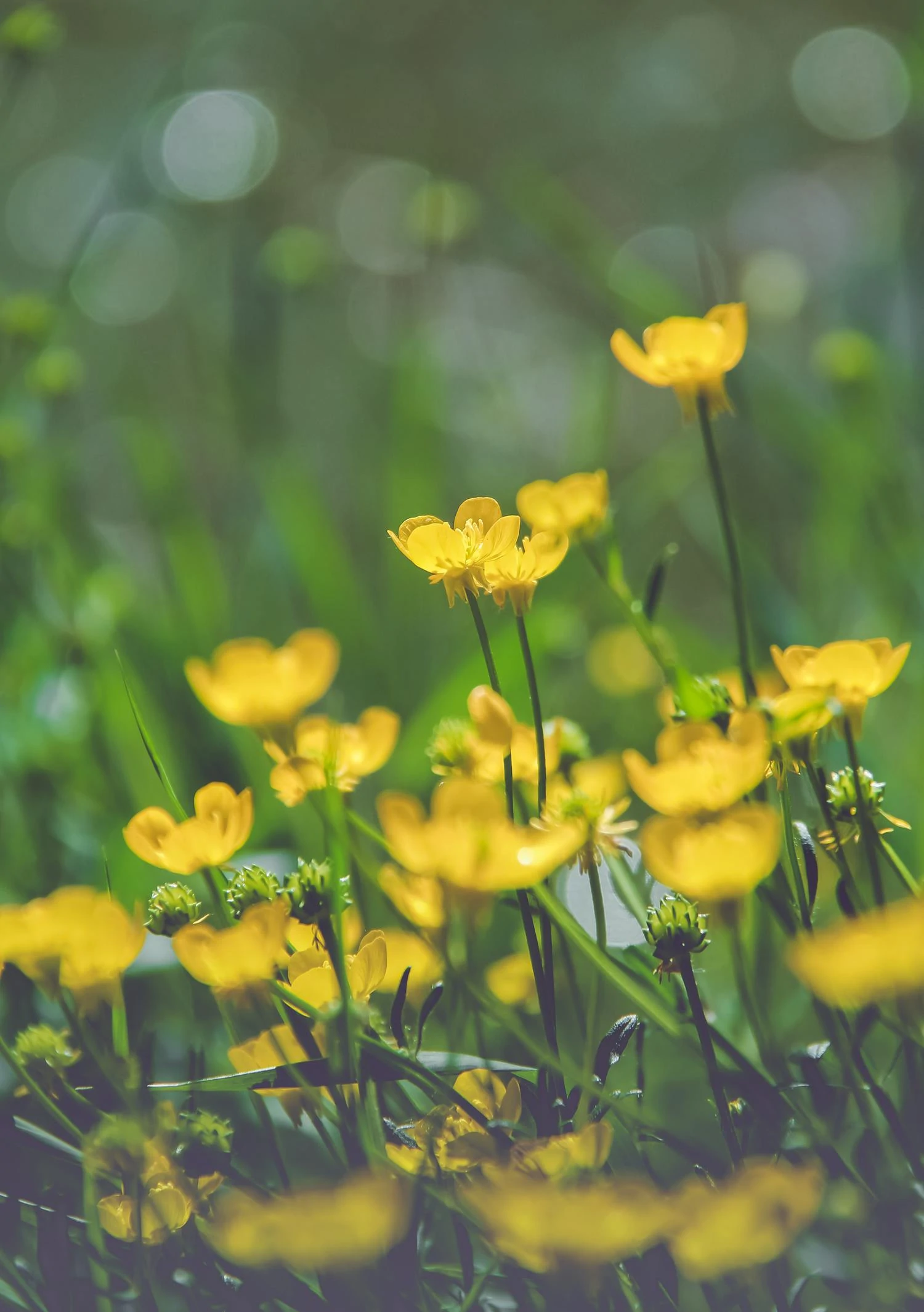
Do you want a trick ? Place behind the flowers, and where it receives light, a shiny object, a sequined garment, for example, or an object with glitter. Use a wide opening and you're done. You will have a heart-stopping bokeh!
7. GET DOWN
Spring can be an ideal time to practice those "ant-eye" photos. The best photos of flowers and plants are rarely taken standing at eye level. Drop to the ground or use the articulated screen of your camera (if you have it).
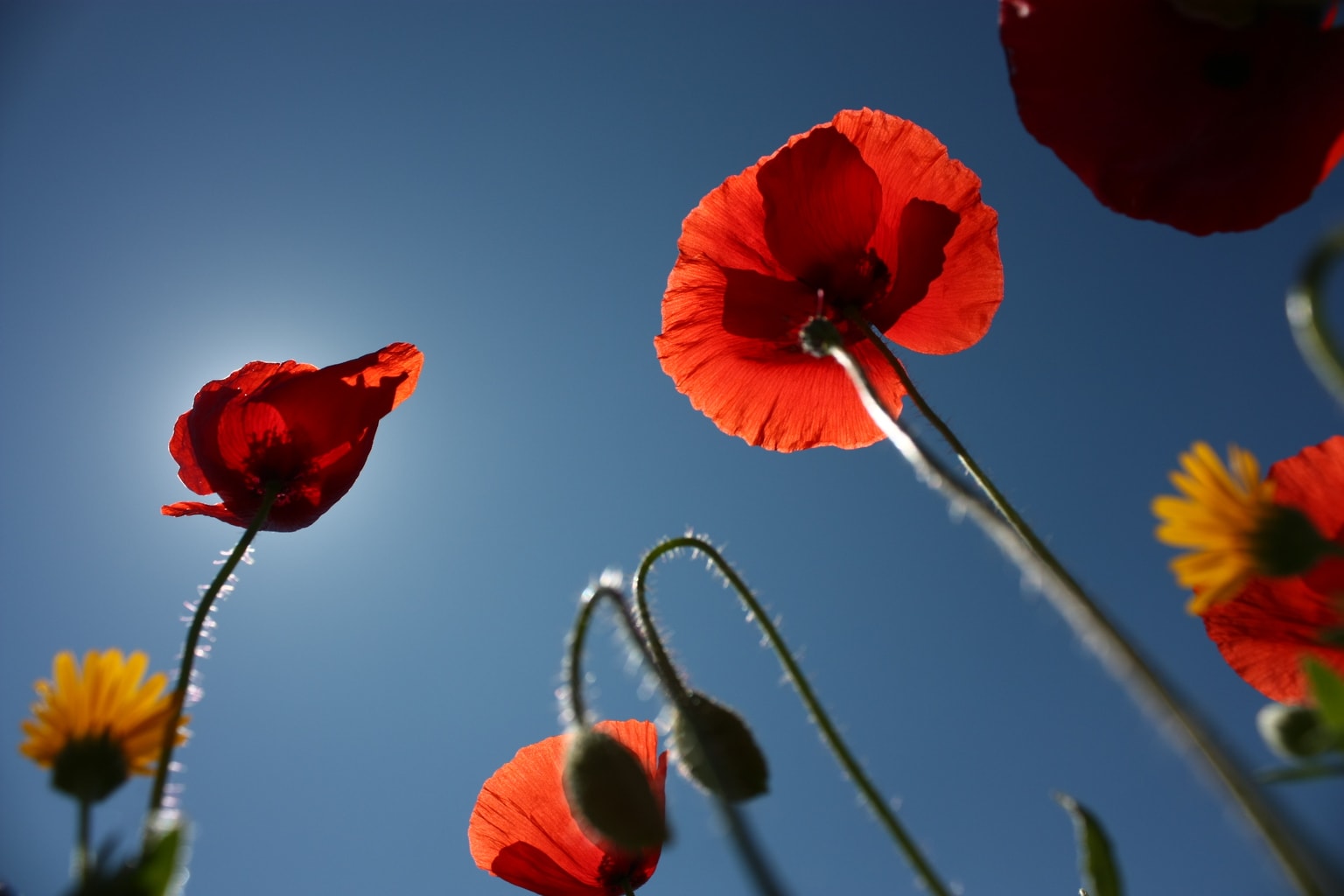
8. PHOTOGRAPH SPRING WITH RAIN OR DEW
Not only because of the bokeh that I just told you about, but also. Whether we like it or not, the rain is a constant in spring, so most of the time we have no choice but to join the "enemy" and take advantage of the bad weather, since otherwise, we would lose numerous opportunities to obtain good images. . These are some ideas that you can put into practice on rainy days.
- Through the window : You don't even need to leave the house, you just have to be attentive to the wonderful scenes that a few drops of rain slipping through the window can bring us.
- Reflections on the pavement : Lights, shadows, buildings, natural or artificial elements, everything fits in a reflection ? .
- Drops in nature and rainbows after the rain.
- The contrast of the gray of the scene and the garish colors of an umbrella or wellington boots.
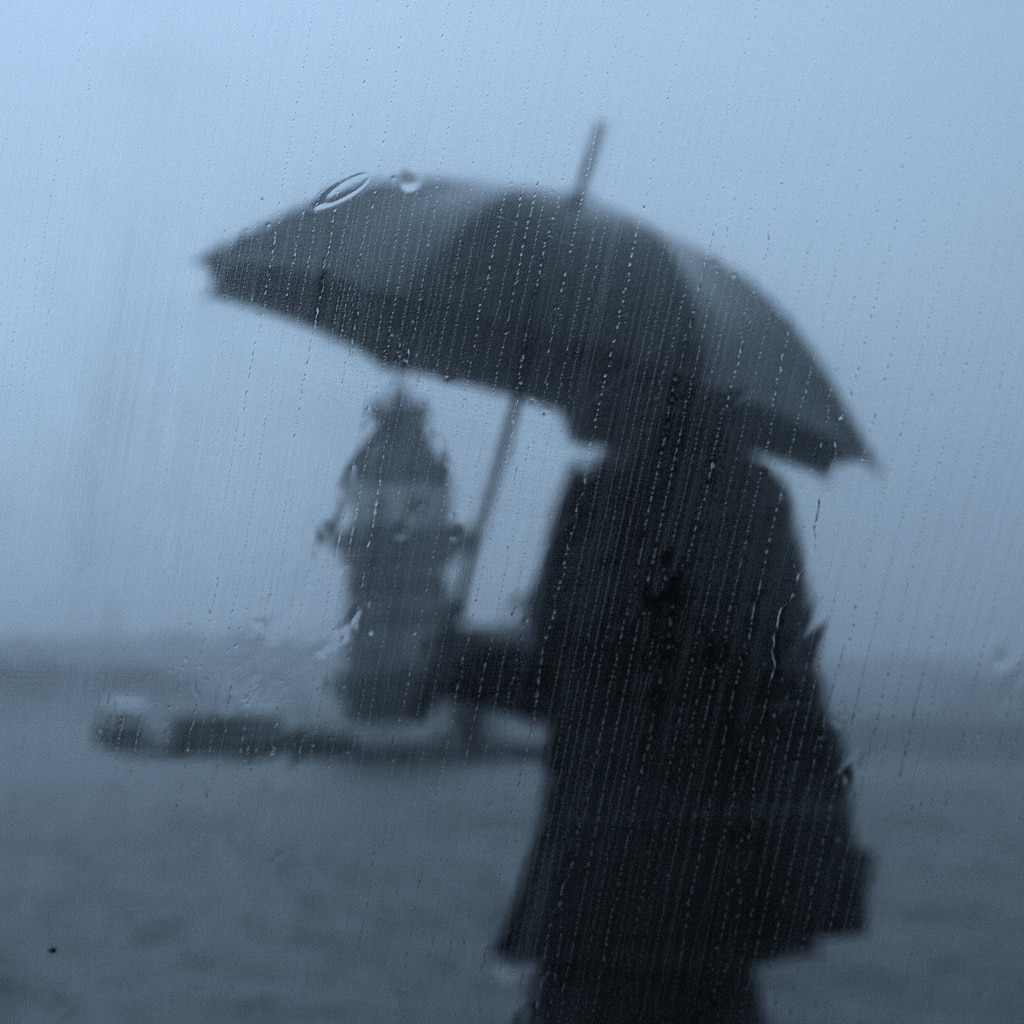
If you want to photograph the plants and flowers with the dew but you don't get up too early and the weather doesn't help you with the sparkle either, nothing happens. There is a very easy trick to simulate dew on plants, carry a spray bottle filled with water in your “survival backpack”, spray the flowers or stems that you like the most and… voila!! But... be careful , do not spray on insects, you can harm them or cause a change in their life cycle.
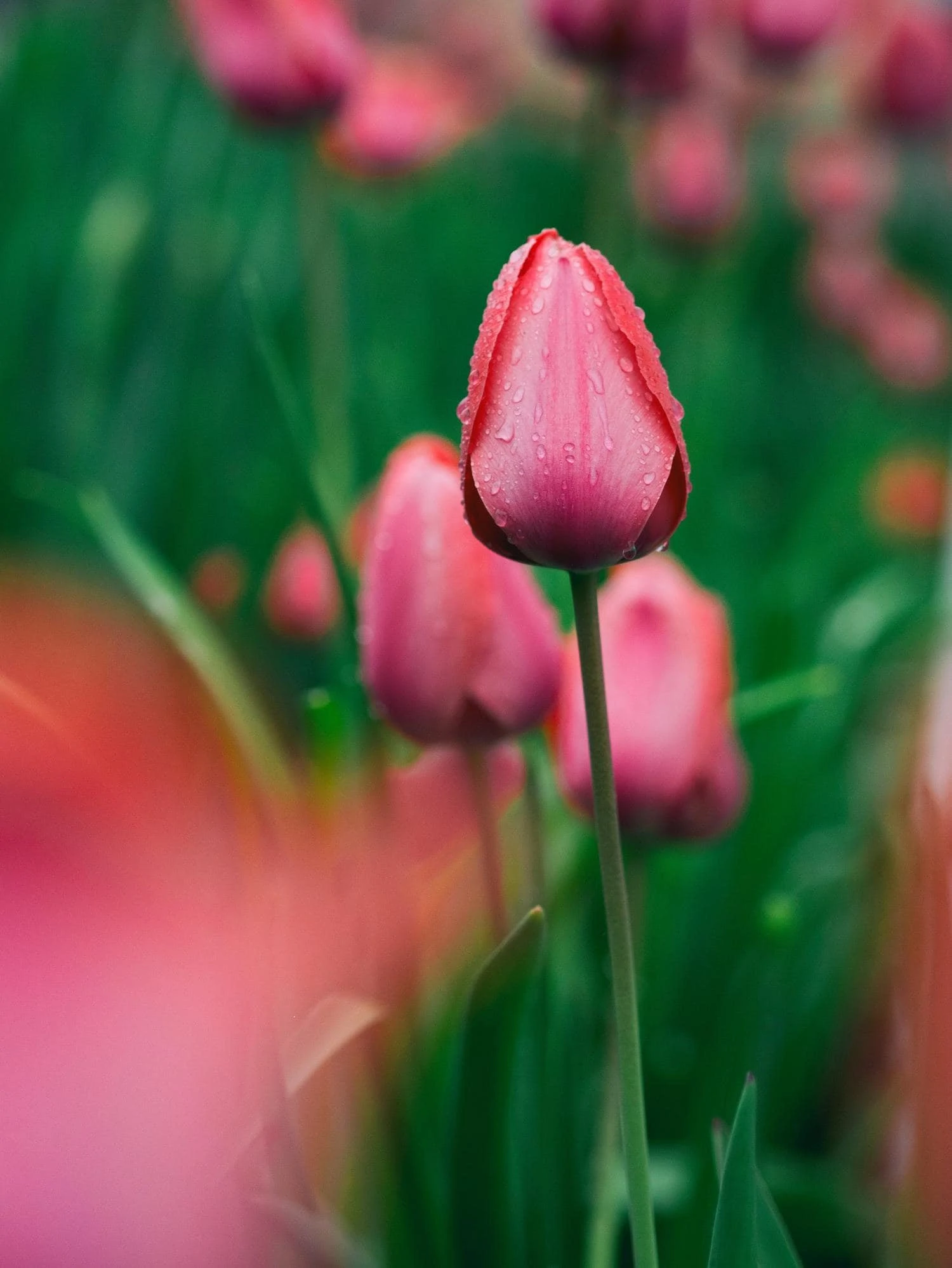
9. PAY ATTENTION TO ANIMALS
Not just insects, animals have their young and come out of hiding! Birds, insects and any other little animal that you find can be a good protagonist of your spring photos.
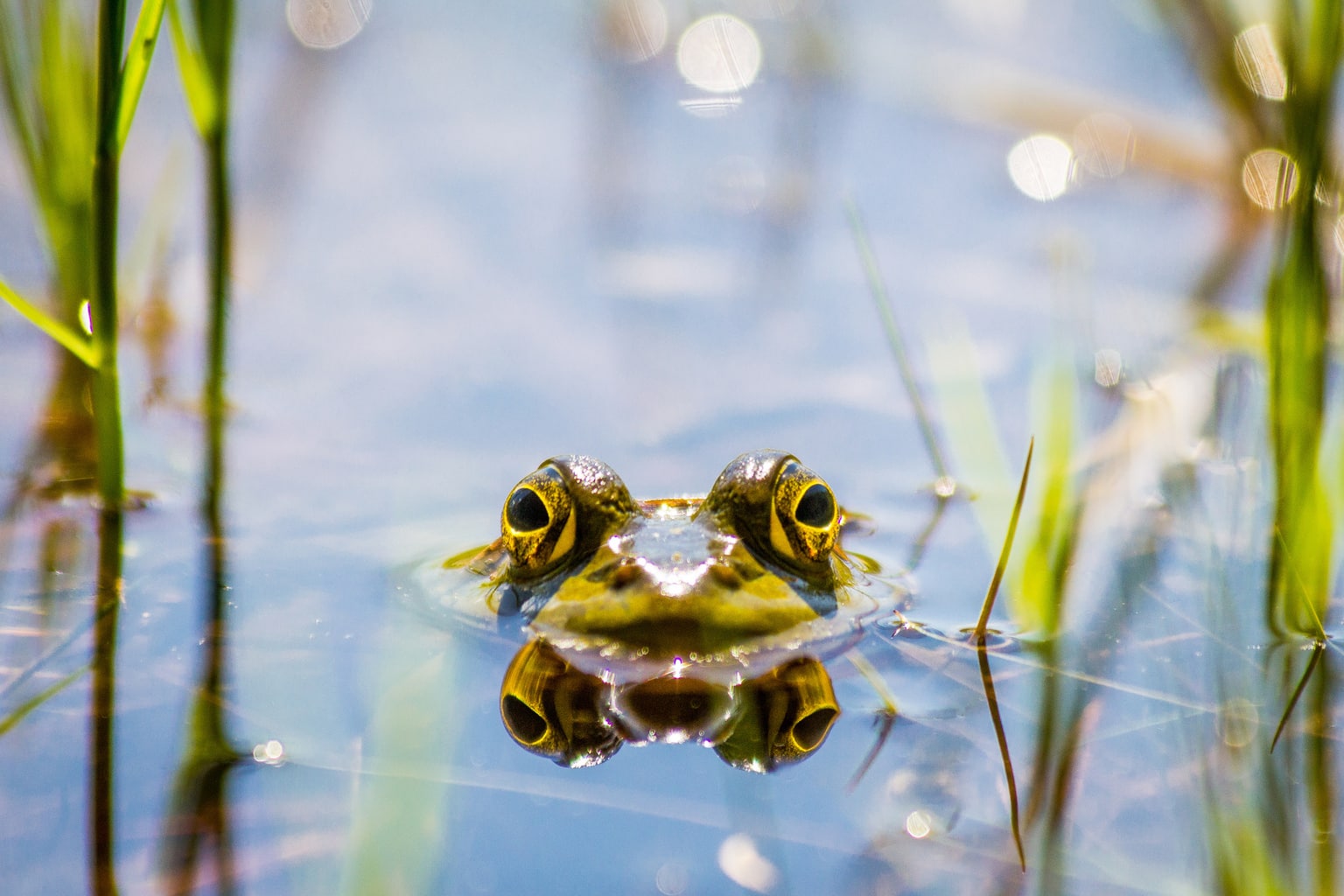
If your thing is animal photography, use a telephoto lens for the most elusive ones and for birds, or a macro lens for the smallest ones.
10. PHOTOGRAPH SPRING WITH MACRO
Since we are talking about macro, although I have mentioned it several times throughout the article, it deserves a special section.
After spending the winter practicing within the warm walls of your house, it's time to prove yourself out there ? . If you like macro photography , spring is the season of the year that makes it easier for you and makes it more enjoyable.
Neither should you loosen up your frozen fingers at the end of the day, nor face acute sunstrokes. In spring you will find a potential macro photography in every corner: flowers, little animals in frenetic activity, drops of water... All the great protagonists of macro photography a span from your lens.
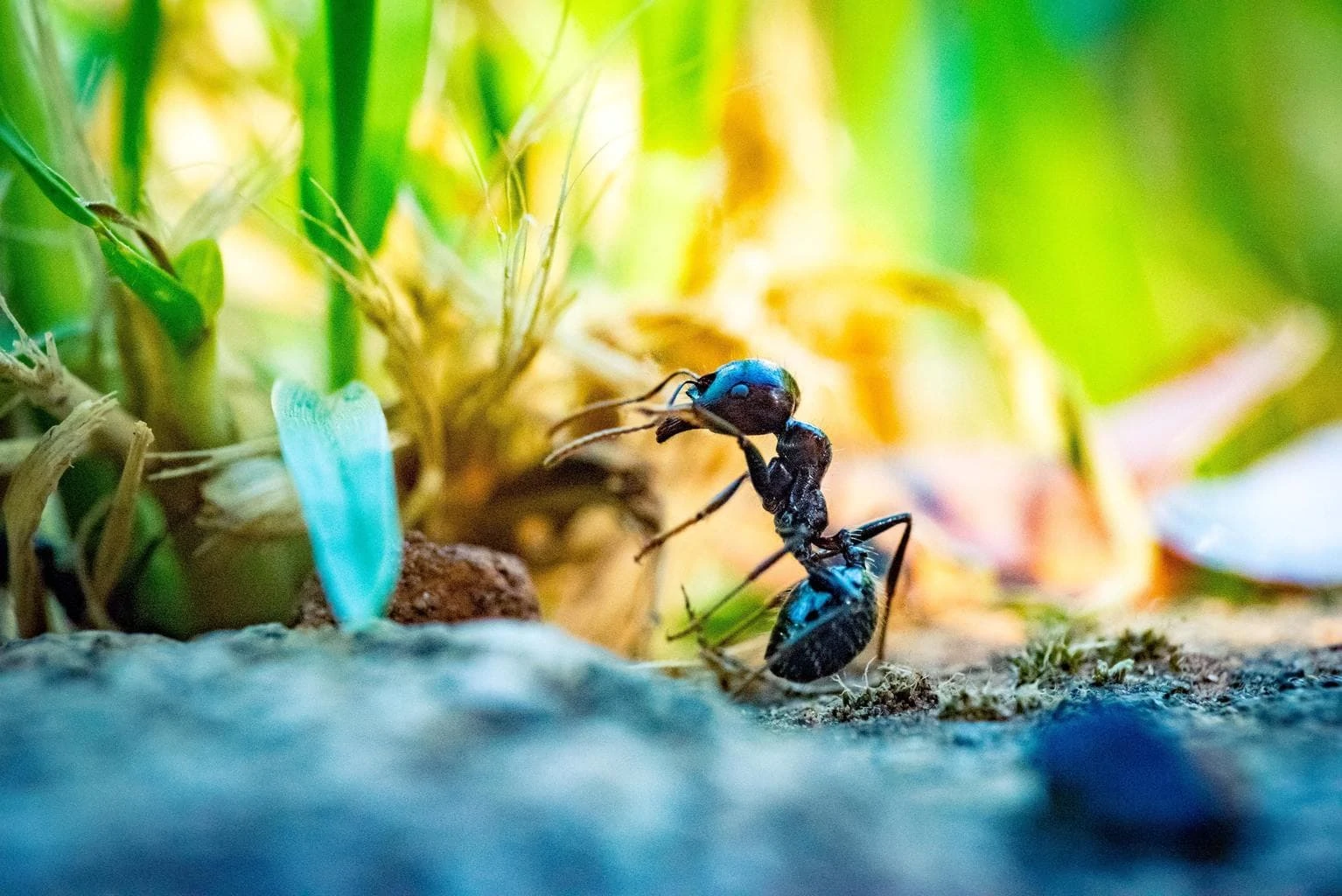
11. TAKE CARE OF THE COMPOSITION
The scene, be it a landscape, a plant, an animal or a spring street scene can be spectacular, but if you don't put a little care into the composition, the photo will have zero interest. It will not help you that what you have in front of you is impressive.
In our mega composition guide you will find all the tips and tricks for any type of image.
12. PORTRAITS
In spring it seems that you have everything on your side to get incredible portraits .
- The intensity or hardness of the light gives you colors and tones that are more vivid than in winter, but not as intense as in summer, where light control is a challenge.
- Dawns later , so to take advantage of the best daylight hours you don't have to get up at such ungodly hours (neither you nor your model).
- The backgrounds are a gift of nature that no studio will be able to match.
- You feel like going for a walk more than in winter and the temperature allows you to spend more time outside in a pleasant way, so you can make your sessions longer and more inspiring.
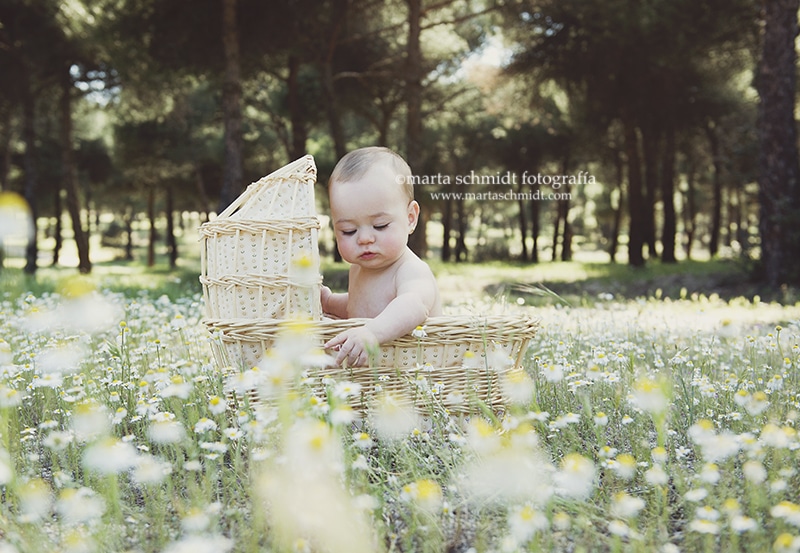
13. PLAY BLUR
Try abstract photography. You can take advantage of the colors and shapes of spring to get an abstract image.
If you always wanted to paint impressionist paintings, you can start doing it in spring. You only need suggestive colors , a wide open diaphragm and light. You also have the option of resorting to movement. Not everything is focus or sharpness. Let your imagination fly.
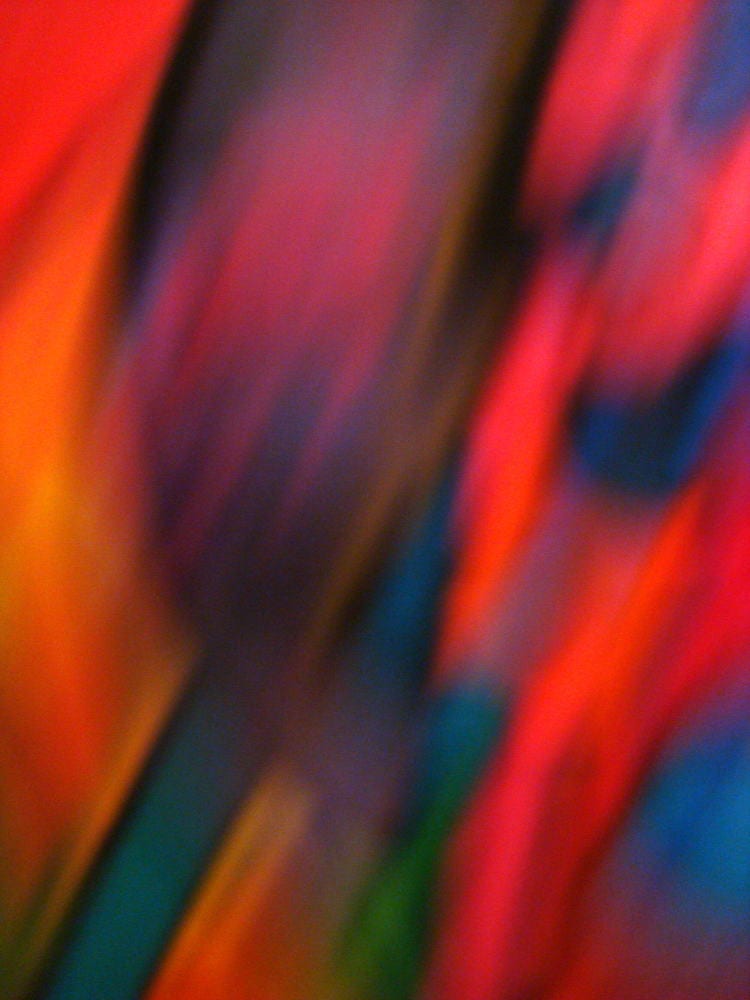
14. WATER, SNOWMELT AND MUCH MORE
In this spring time:
- The tides have calmed down and you can find near the coast rocks full of green moss. You will also find them in rivers.
- The snow has started to melt in the form of slow but relentless drops of water .
- Green shoots appear timidly among some dry leaves fallen in winter.
- Births, adult animals feeding their young, chicks chasing their mother through a river... In spring everything is born or revived.
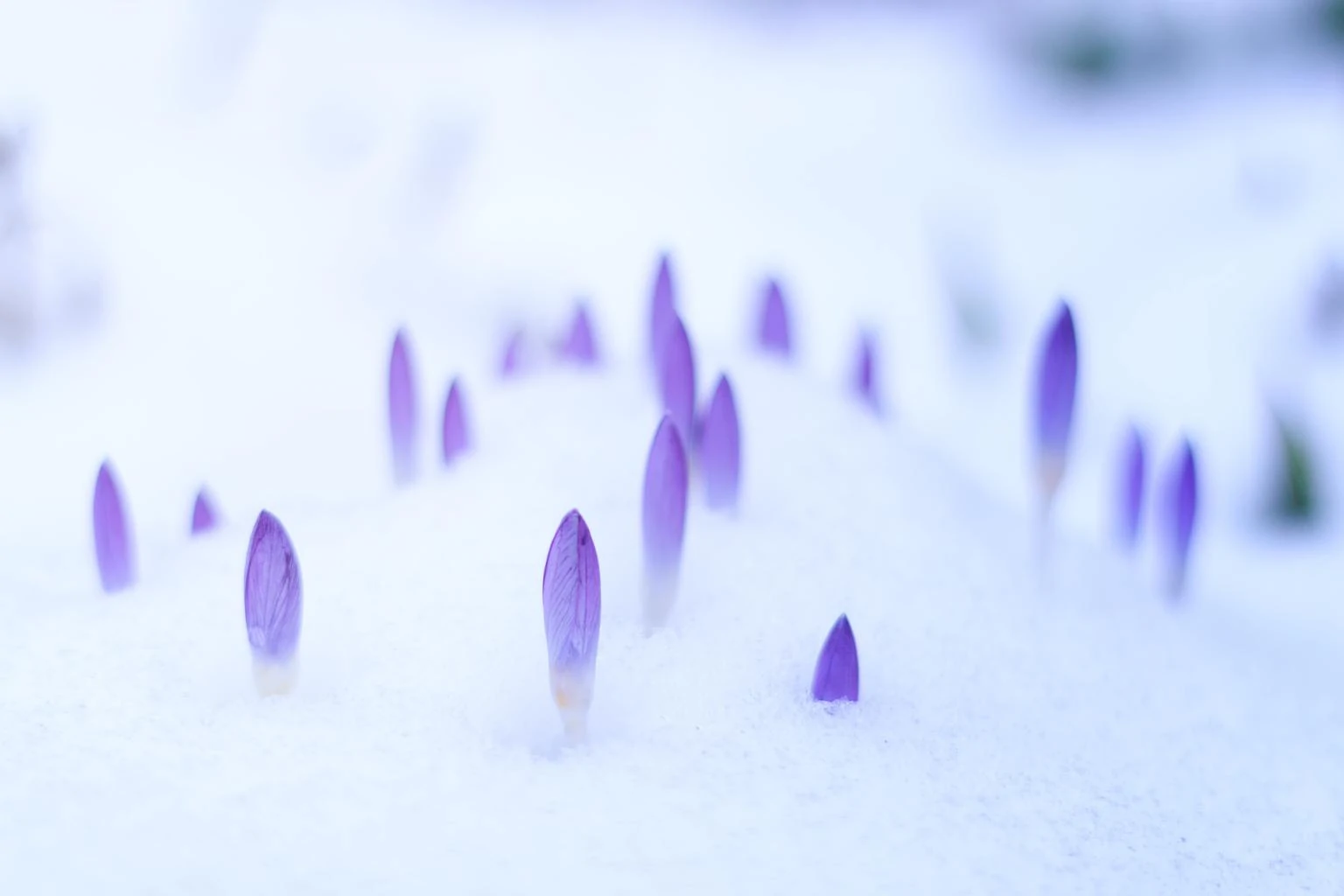
15. TREES
Flowers are not only on earth. The trees are blooming, the branches are full of buds and flowers. Are you going to miss this opportunity?
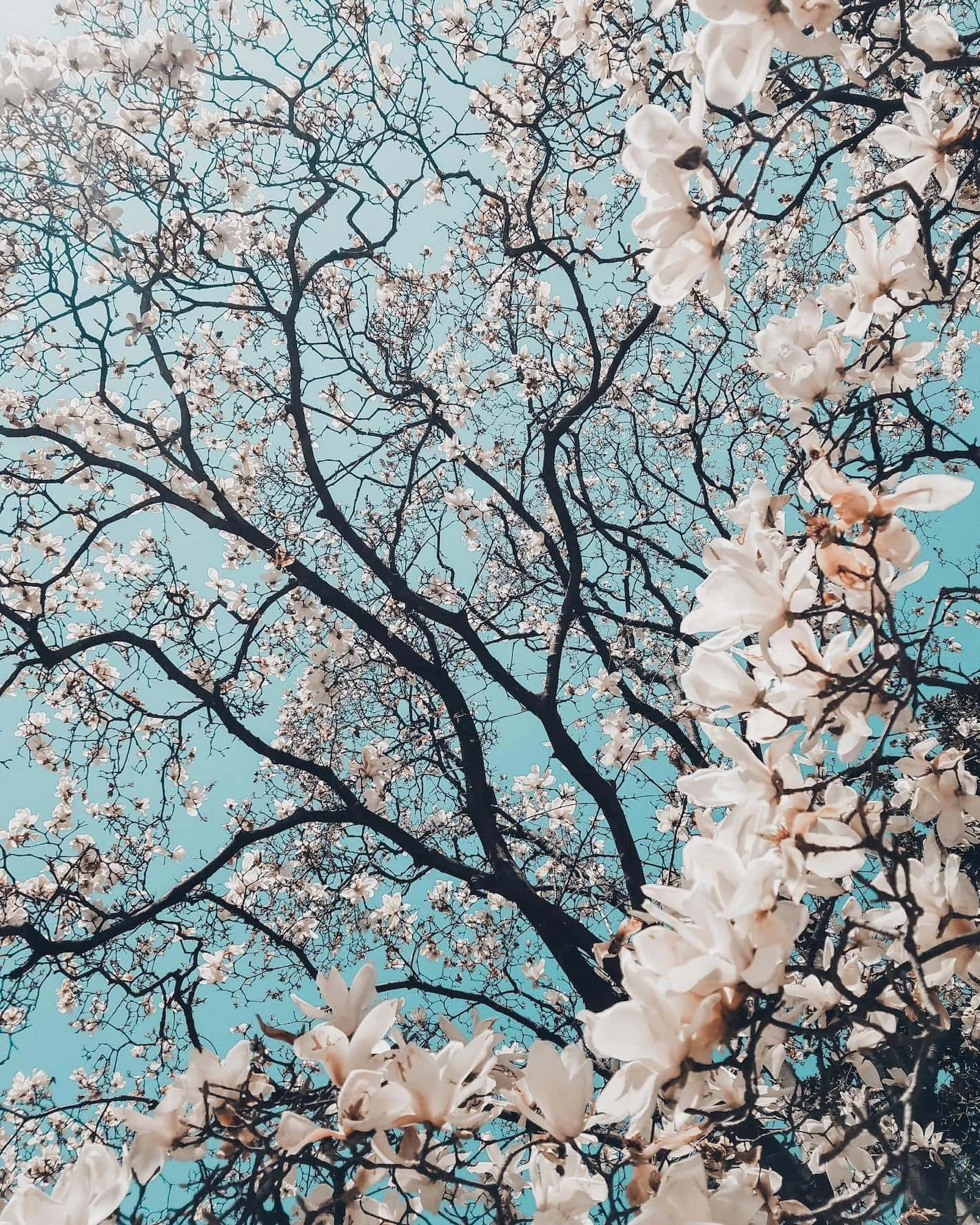
16. THE FACT THAT YOU CAN'T GO TO THE COUNTRYSIDE IS NO EXCUSE FOR PHOTOGRAPHING SPRING…
You don't have to go on a field trip if you're more of an urbanite, because spring can also be photographed in cities.
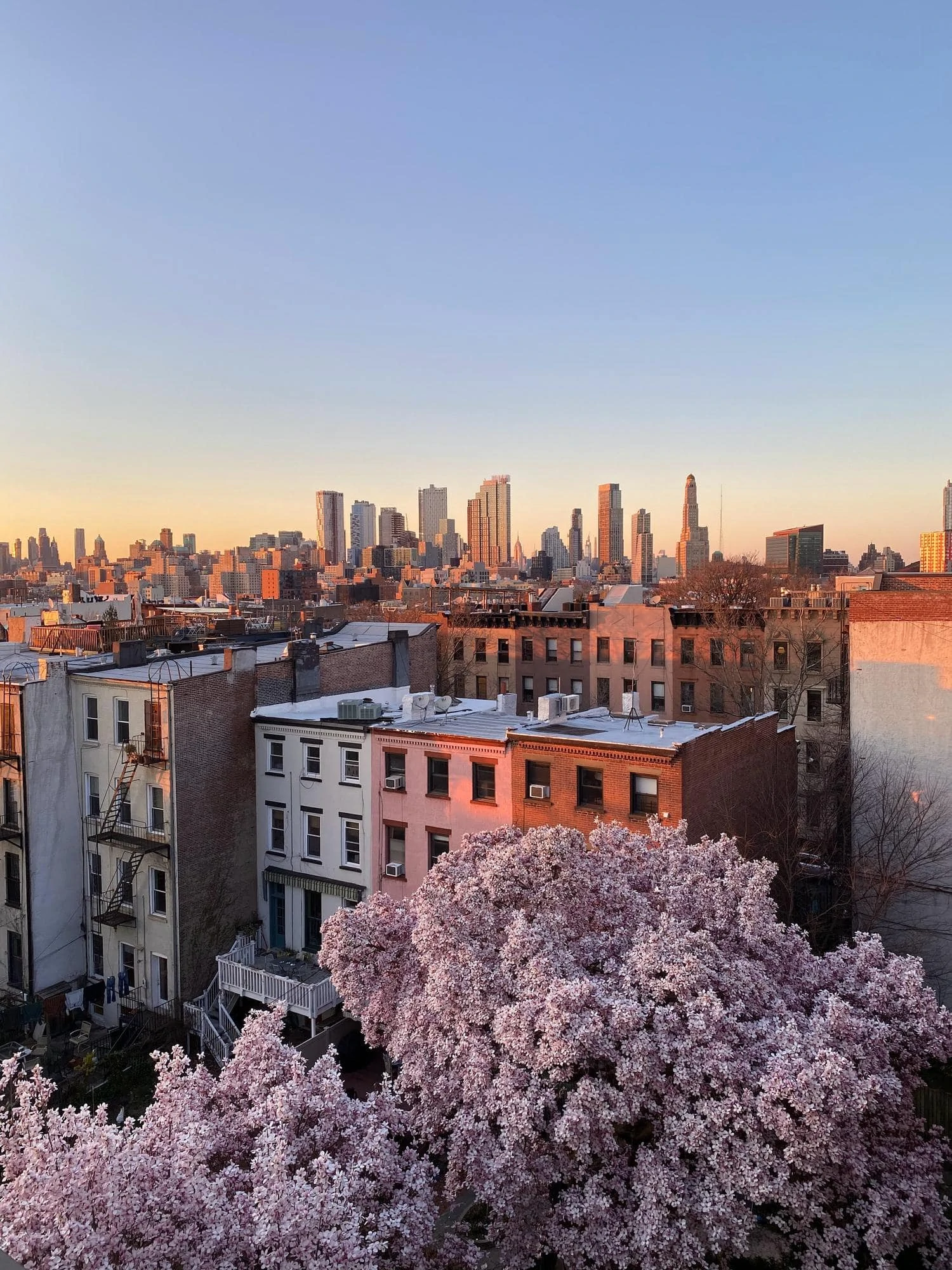
17. THE SKY AS THE PROTAGONIST
The possibilities that the sky offers us, especially in spring, are endless, so many times you can make it the only protagonist of your images due to its beauty and spectacular nature. You will be presented with multiple scenarios:
- Clear skies of an intense blue.
- Intense blue skies decorated with spectacularly shaped leafy clouds and radiant white.
- Stormy skies , dark threatening clouds and impossible lights over the landscape. Be careful with the storms and the landscapes through the forest.
- Overcast or cloudy skies that tint the images with a greyish-bluish tone, often very interesting, that you can use, for example, to contrast bright colors with the chromatic monotony of the gray sky.
Remember laws like those of the horizon when planning your compositions with the sky as the protagonist. If you want this to really be, you should give about 2/3 of the frame to the sky and 1/3 to the ground.
The rule of thirds can also help you position the elements so that they acquire more interest and prominence.
More tips and resources for photographing the sky here .
18. DOUBLE EXPOSURE
I will not get tired of proposing double exposure , for at least three reasons:
- It is very easy to use.
- The results are amazing.
- Fire imagination and inspiration.
And an extra one to photograph spring: The backgrounds that you can use as a second image are infinite and very suggestive to combine with your first image.
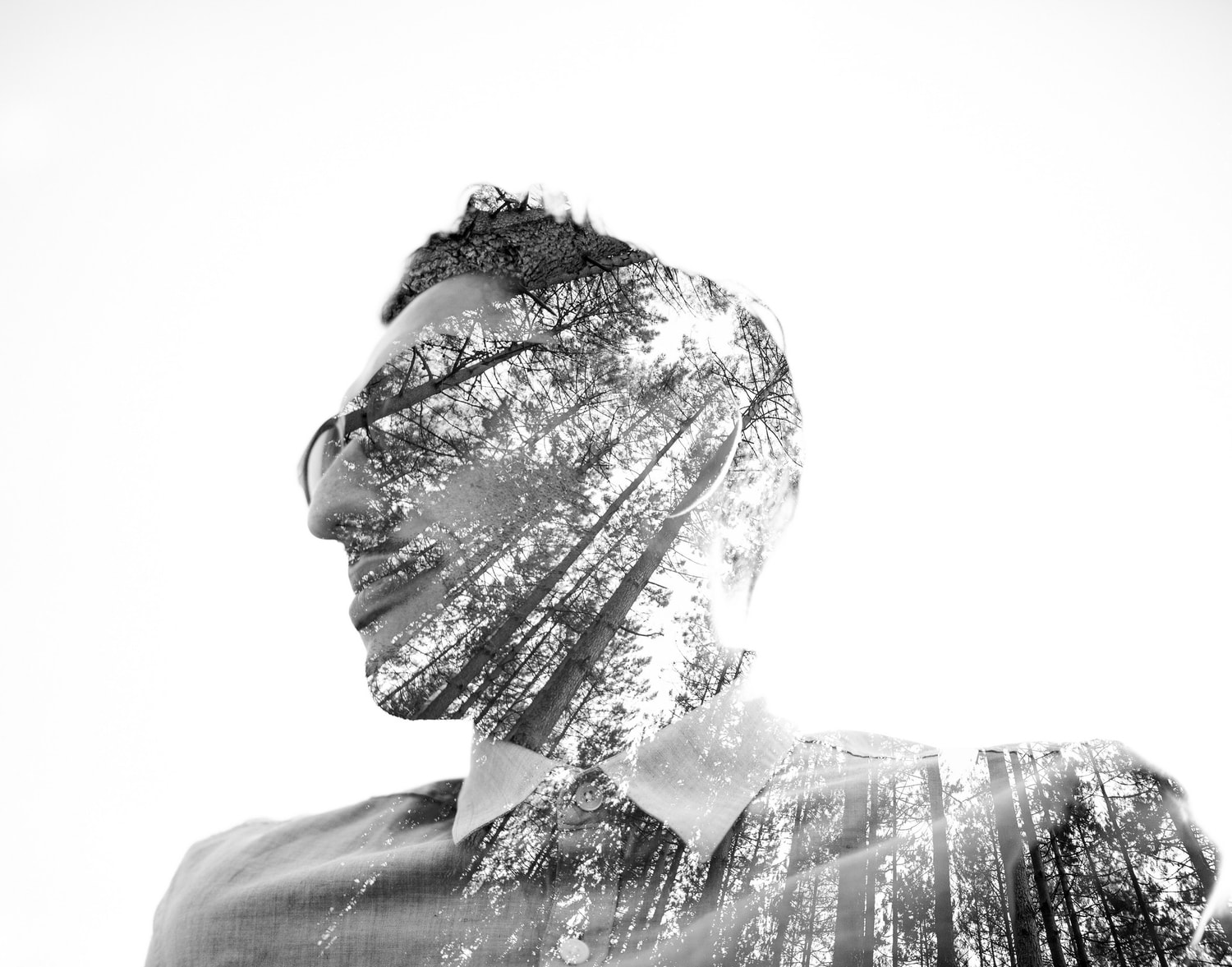
19. TIMELAPSE
How would you like to have in the form of images something as fascinating as the birth of a flower? It may not be easy for you to take these types of images outdoors (place the camera in exactly the same place, with the same light, etc.) but you can do it in any corner of your house. You only need a plant with a little flower about to bloom, a tripod, enthusiasm and patience.
Oh, if you don't know how to start, take a look at this article where we explain how to make a time-lapse.
20. MOVEMENT
Forget about static images when photographing spring, look for the movement of the water, its silky effect or the swaying of some flowers swayed by the wind. Movement can be photographed, just like wind or light.
- Practice with long exposure .
- Zooming in the middle of nature. Why not? You can achieve very suggestive effects without having to focus it on a human figure.
21. INFRARED PHOTOGRAPHY
Since the contrast of a blue sky with lush green vegetation works very well for this type of photography, it is likely that in spring you will find great settings to practice this type of image.
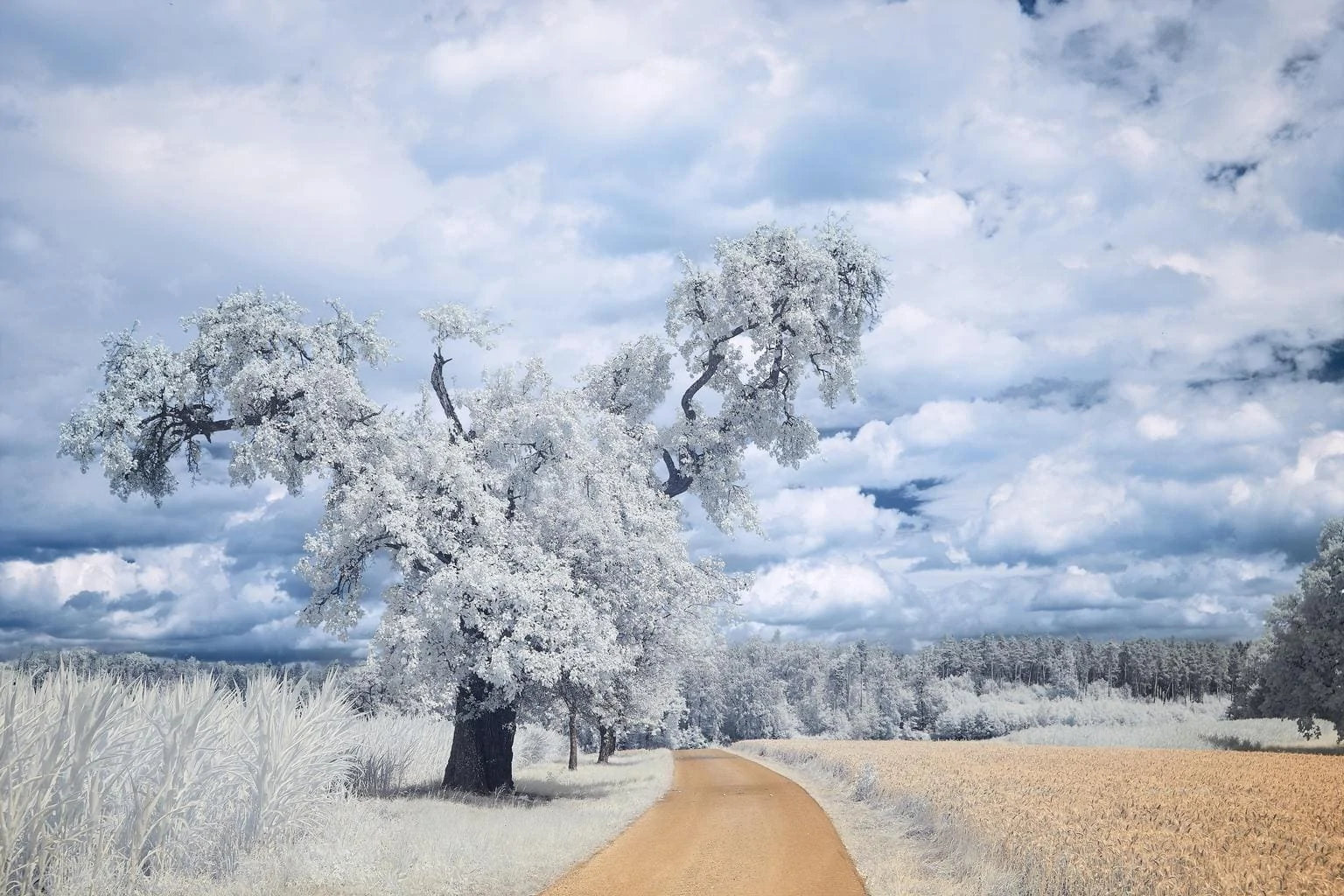
For this you will need a tripod, an SLR camera that allows you to focus and work manually, a remote shutter release and an infrared filter.
Oh, and of course, take a look at this article where we explain how to get the infrared image step by step ?.
22. PLAY WITH "NO" LIGHTS
Are you one of those people who are afraid of flares and always carry the parasol with them wherever they go, rain, snow or shine? Well done, although for once, try to forget about it and play with the effects that a spring light that sneaks through your lens can give you in your spring images.
Many times the warmth of these flares can cause your "imperfect" image to become something much more interesting than those that border on perfection. Remember that an image not only speaks of technique, but should also do so of feeling.
23. ASSEMBLE YOUR OWN SPRING COMPOSITIONS
One way that nothing stops you is to take advantage of everything that surrounds you. Spring is in everything, even in what we eat or what we see through the window.
A picnic cloth, a wicker basket, a few seasonal fruits, good lighting, and practicing your composition can be as good a way as any to express spring (or a pretty vase full of flowers, or a buzzing bee). in the flowers on your terrace).
24. HUNTING FOR STUNNING COLORS
There are few opportunities a year in which nature gives so much color to our (already bored with the gray winter) eyes.
Remember to look for complementary colors that help you contrast them with each other, giving them more strength. An orange daisy against a blue sky, or a ladybug on top of a green leaf.
25. PHOTOGRAPH SPRING IN BLACK AND WHITE
I have highlighted the color of spring a lot and now I am here with black and white, you will think that I am not clear, right? Don't worry, it's normal for you to think so, but I have my reasons. The variety of flowers and plants offers you a unique opportunity to achieve images of such subtle and sublime beauty.
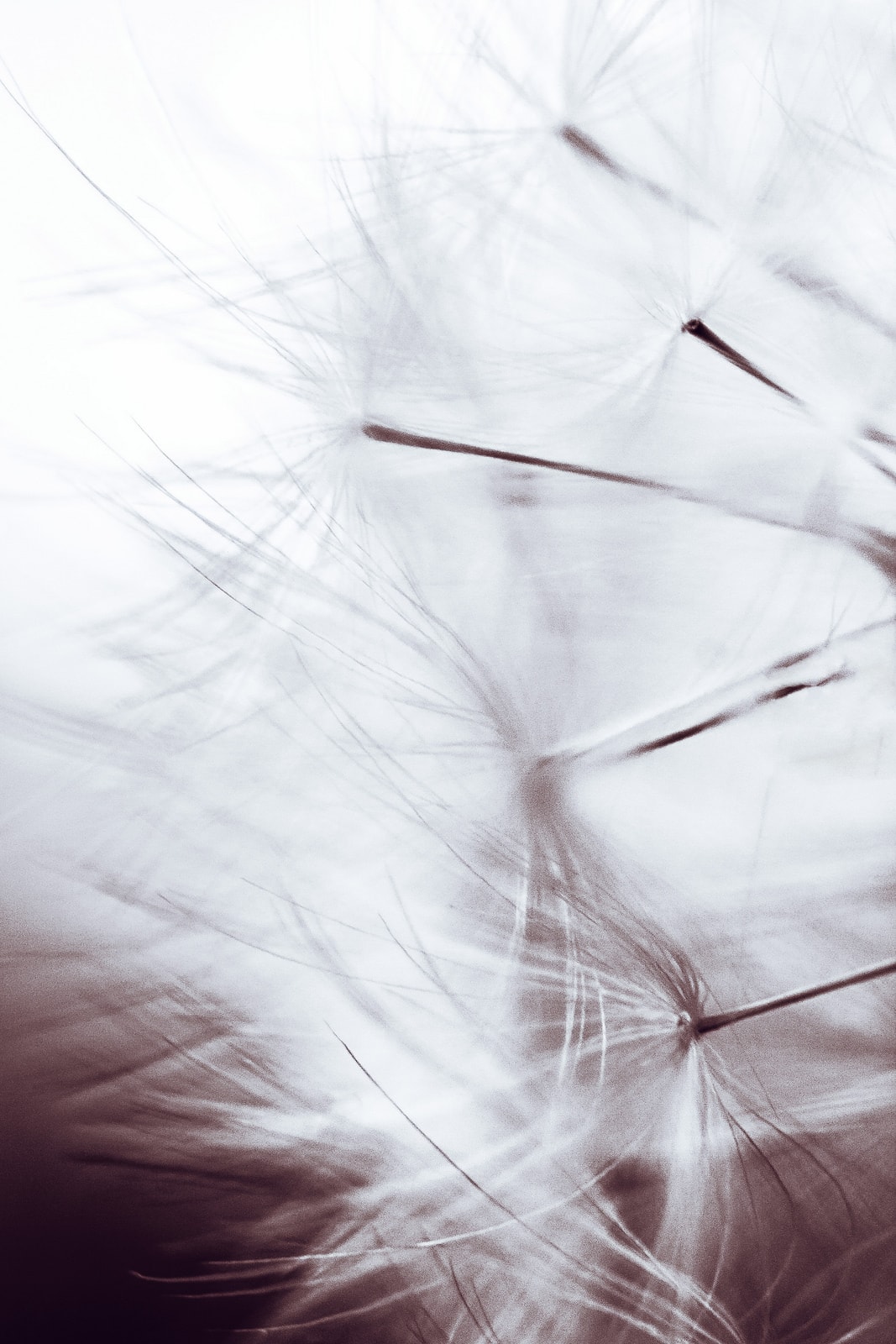
That you don't know how to photograph in monochrome? That's because you haven't read our black and white photography mega guide yet .
26. BE RESPECTFUL OF NATURE
Although it is not a proper photographic advice, I will not tire of repeating it every time we talk about photography in nature. Respect the flowers, the animals and everything you find, remember that this is their habitat and that you are visiting, try not to notice your passage through the place and that the only clue remains on your memory card.
If you don't do it for nature, at least do it for yourself, so that in the future you can continue photographing it.
27. REACT TO PHOTOGRAPH SPRING!
If you want different images, many times you have to start from precisely what is unusual, what is out of place: a daring point of view, a groundbreaking framing, an image out of focus, some suggestive silhouettes in the distance. Getting inspired is fine, and positive, but the key is, as always, in practice, which is the only way to find yourself as a photographer, to know when to break a rule, follow it, dare or stick to it. the established.
In spring you will have millions of opportunities to practice this art and apply all the techniques that, surely if you follow this blog, you have already learned. So get ready for one of the most wonderful times of the year, loosen up your muscles, put yourself in meltdown mode and head out for a walk camera in hand, because the opportunities that await you are endless.
Have I achieved my purpose of getting you up from the chair and for you to go get your camera to photograph the spring? I need you to react, that every time you read a tutorial or a series of tips that interest you, you practice them. Thus, you make me tremendously happy and you make the work of writing every week worthwhile.

![27 TIPS AND TRICKS FOR PHOTOGRAPHING SPRING (GET SPECTACULAR IMAGES) [UPDATED]](https://photographychef.com/wp-content/uploads/2023/02/27-TIPS-AND-TRICKS-FOR-PHOTOGRAPHING-SPRING-GET-SPECTACULAR-IMAGES-UPDATED.jpg)
